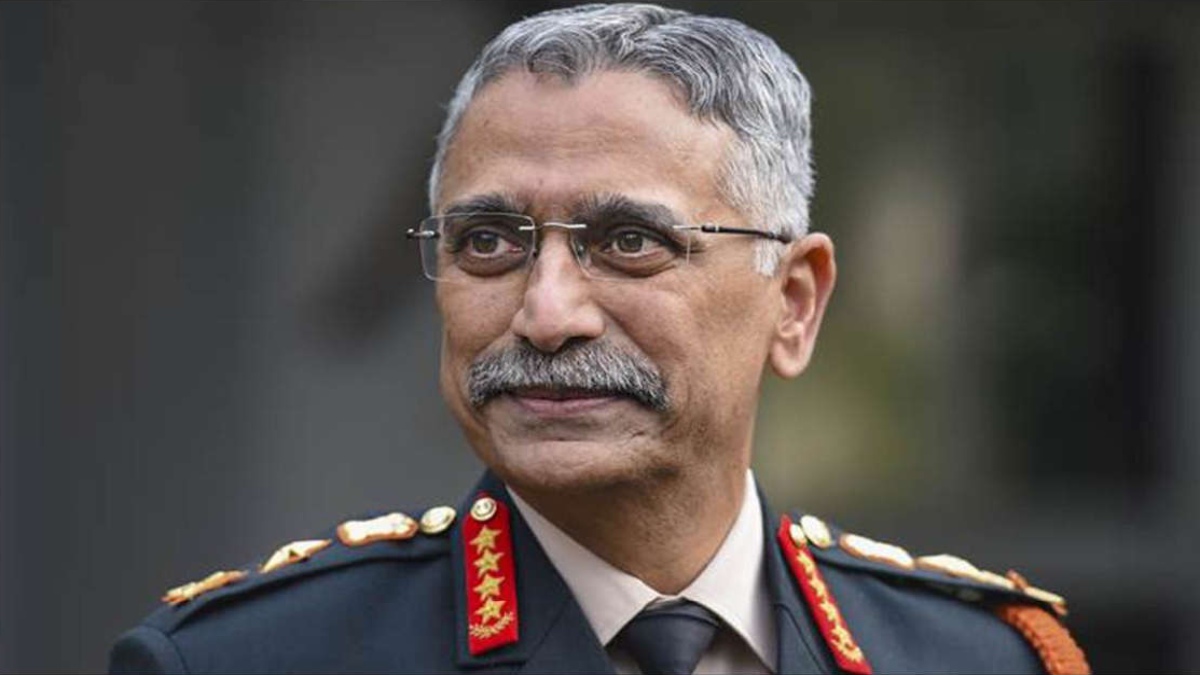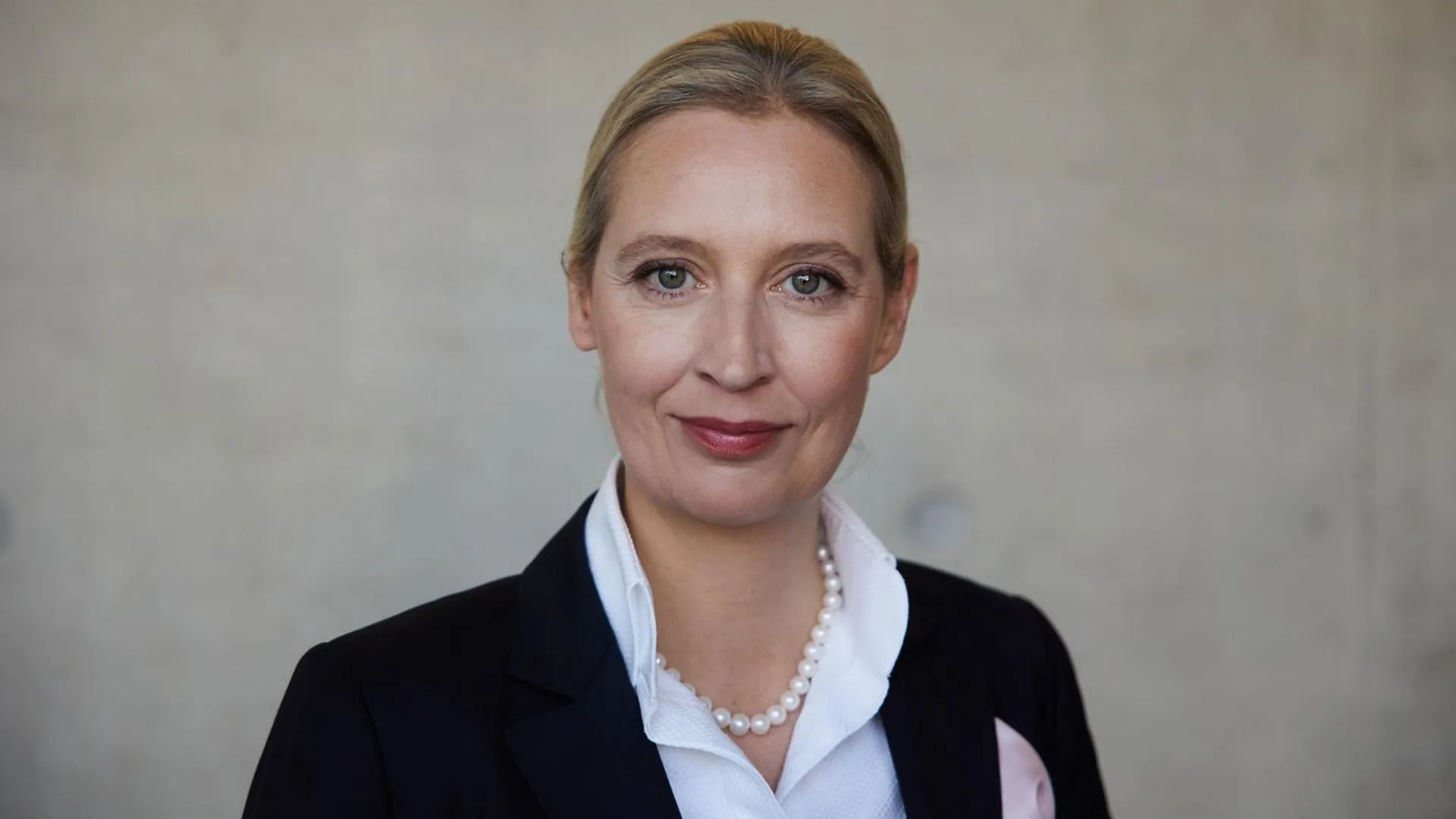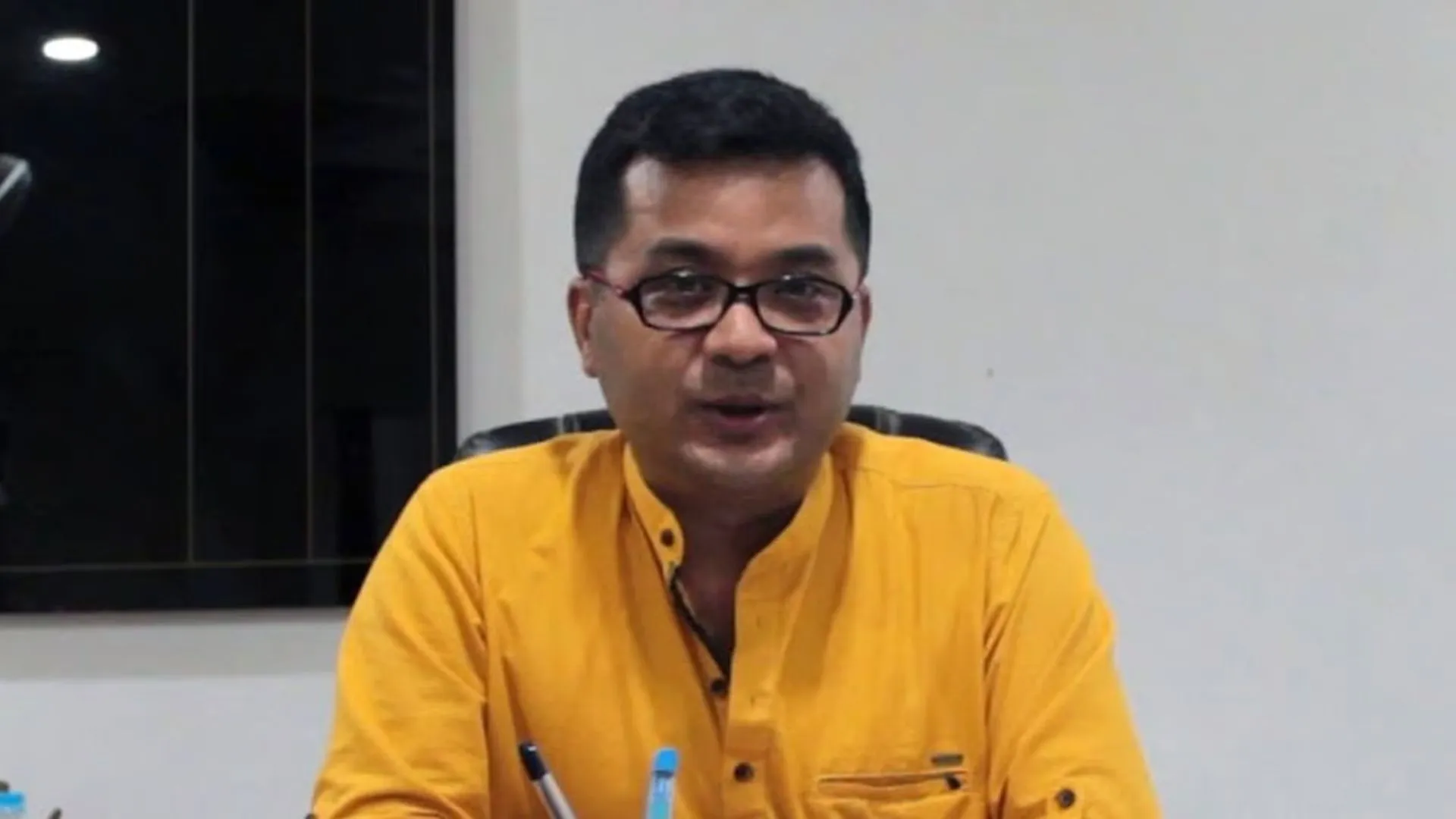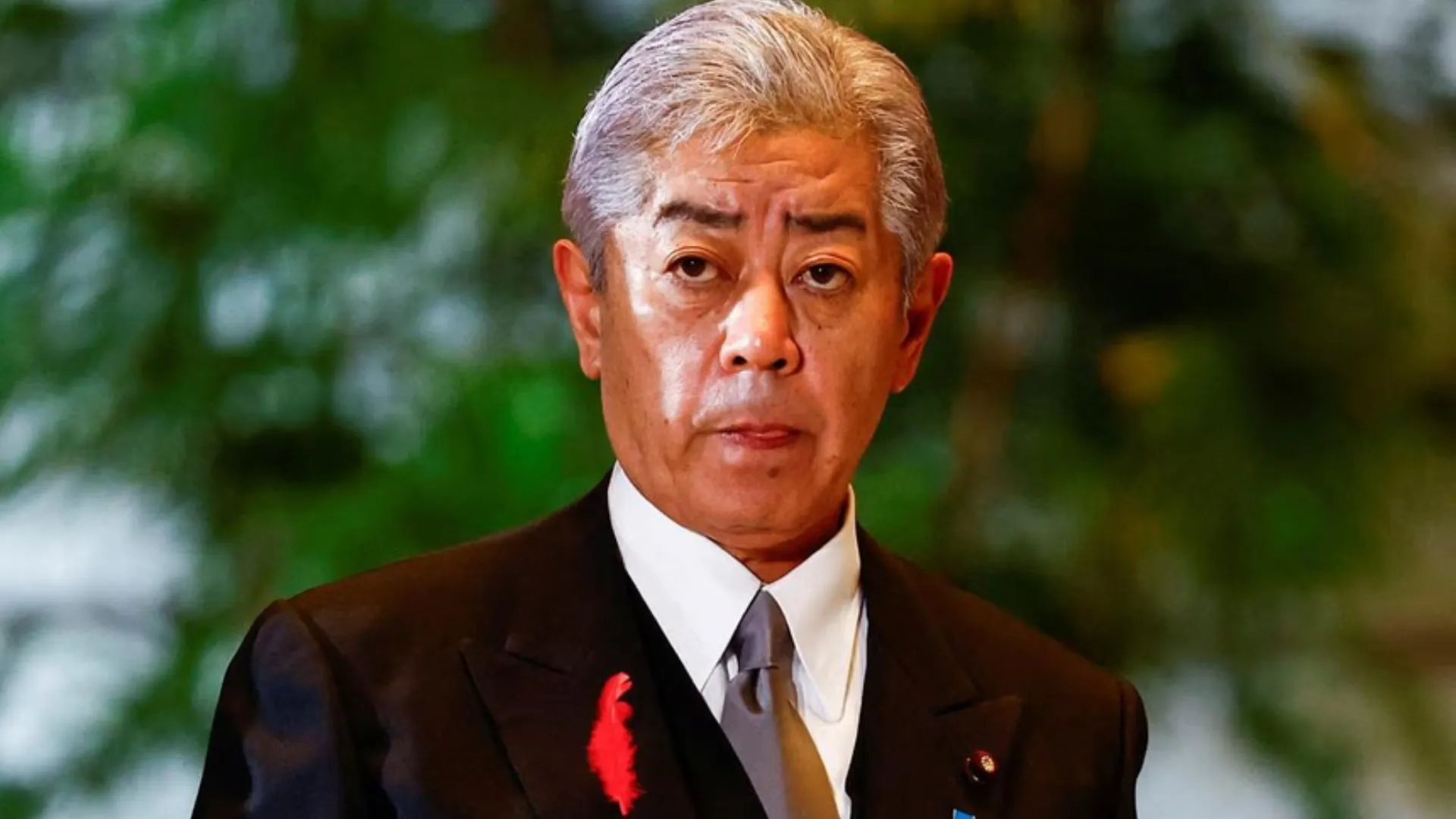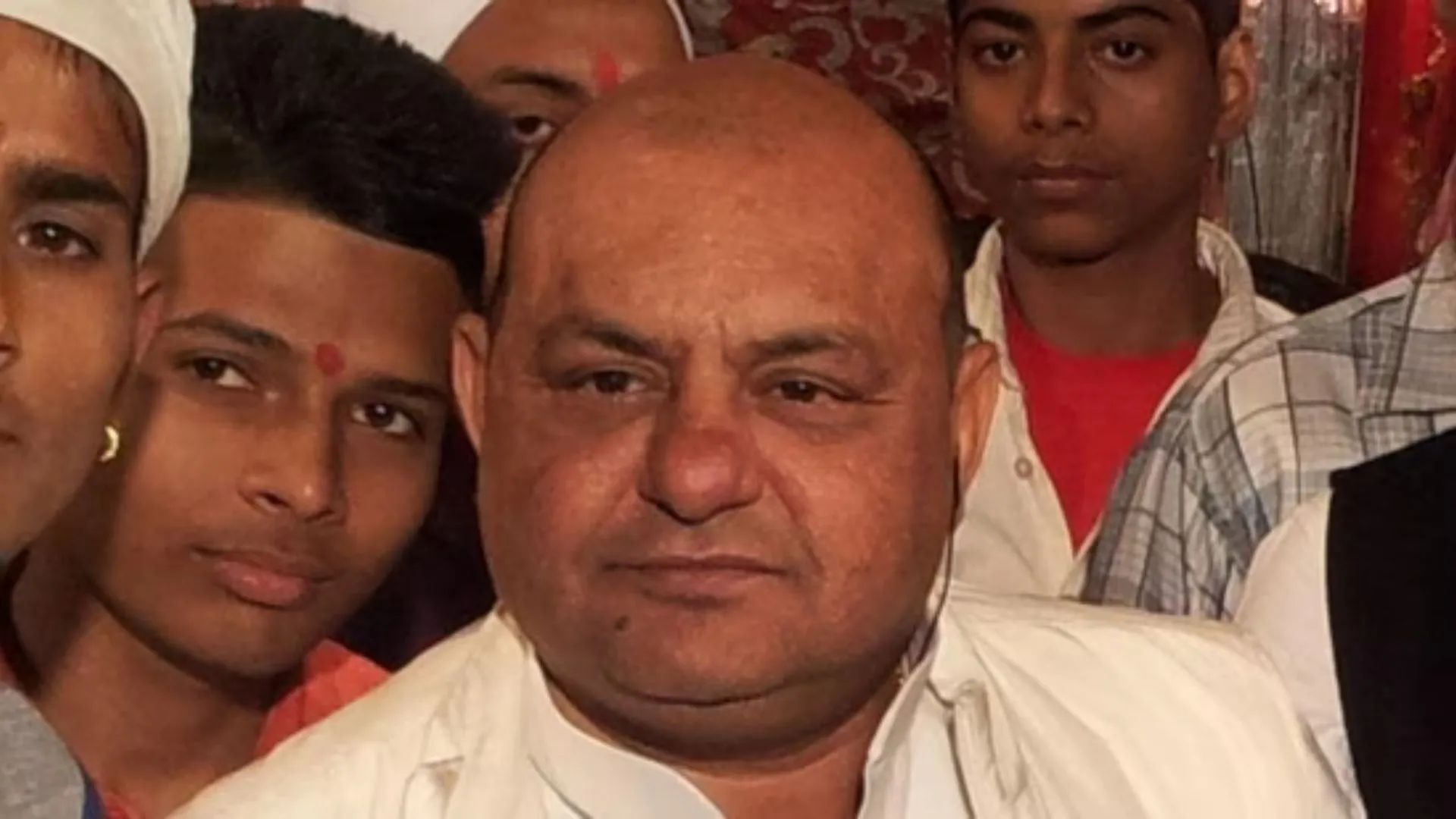Army Chief General M.M. Naravane on Tuesday launched ‘Defence Guardian’, a niche online platform from the iTV Network dedicated exclusively to the defence and strategic sectors. On this occasion, he talked about a host of issues. Excerpts:
Q: How has the pandemic affected the Indian Army›s operational preparedness? Also, what is the current situation along the LoC and LAC, how prepared are we on both fronts?
A: The current pandemic situation has in no way affected our operational preparedness, be it on the northern front or the western front. And we are prepared to meet all kinds of challenges. As you would recollect, in the first half of February, we had the agreement on disengagement of the PLA and in the second half of February itself, we had an understanding with the DGMOs of Pakistan and India regarding the ceasefire. Both sides have carried out the disengagement as agreed upon and this disengagement was based on the principle of mutual and equal security and that is what the basis of the agreement chalked out was. And both sides have carried out this disengagement and it has been followed in letter and spirit.
Similarly, along the western front, the ceasefire understanding which was there in 2003 but was not being observed. This understanding has been revived. And I’m happy to say that since 25 February, in the LAC area of the Union Territory of J&K, there has been no ceasefire violation. But that does not mean we will not carry out counter-terrorist operations, because terror, terrorism and the infrastructure related to that still remains. And, therefore, we reserve our right to carry out such operations. But overall, I would say that the situation along both the borders, the northern and the western borders, is somewhat stable now. And that has given us an opportunity to recalibrate our strategy, and to see how to deal with all these possible challenges.
Q: Before I ask you more questions on China and the LAC front, we would like to discuss a bit about the pandemic. We have seen the Indian Army›s involvement as far as helping the states and the Central government in the earlier two Covid waves are concerned. How did the Indian Army tackle all this and is the Indian Army prepared for a possible third Covid wave?
A: Well not only for this current wave, but even last year when Covid was starting, even then, we had raised, and given a lot of importance on force protection. And in dealing with the second way along with force protection, we also give equal importance to infrastructure augmentation. The second wave, of course, was much more serious than the first. But we were able, because of the efforts which were taken towards force protection. We were able to limit the number of cases in the Indian Army to a large extent. And as I said earlier, this has in no way impacted our operational preparedness. But side by side, we’re also doing our infrastructure augmentation and helping the civil administration also in coping with this crisis. Just to give you an example, in the middle of April, we had about 1,800 oxygen-enabled beds. But when this surge happened, we also went into mission mode. By the middle of May, this number increased to more than 5,200. So this is the kind of ramping up that we could achieve. Similarly, we reached out to the civil administration in all the states, the senior-most military commander in each of these states, to the Chief Minister and Chief Secretary and in concert with them as part of a partnership between the civilian and the military. We saw what best we could do to come to the help of our fellow citizens, and I’m happy to say that as a result of all these efforts, we were able to reach out and negate the sufferings of a lot of people. And now, because of all this, the capacities that we have built up will definitely come in handy if at all there is a third wave.
Q: General, when we look at the China situation and current Chinese threat perception we have along with the LAC, I remember having asked you this question on modernization a couple of years ago when you were the Vice Chief and you were the Head of the Affairs as far as driving the modernisation plan is concerned. Looking at the Chinese threat perception, how›s our modernisation procurement aspect going on the ground? Also, has there been any change in the procurement and the modernisation plan that we had, say, one-and-a-half years ago, before the Chinese perception was not so intense and not so frequent? Has it changed a bit, the entire process of modernisation procurement looking at the Chinese perception?
A: Well you have been asking me this question from time to time. I would say that modernisation is a long term process, which is well planned and it is planned in keeping with the likely threat perception. And what we would require to deal with that. So definitely, it’s part of a process, but that does not mean that that process is rigid. And should there be certain turbulence or certain events, which come like the crisis in eastern Ladakh that obviously makes us look into the gamut of post-modernization and see then what is more required, and therefore we reprioritise the requirements depending on these emergent situations. The force of post-modernization per se, as part of this long term plan is going on as we have forecast. We have 15 contracts worth about Rs 1,600 crore, which have been concluded in the recent past. And as a consequence of the situation in eastern Ladakh, the emergency powers were devolved upon the free services under the emergency powers; we have undertaken 44 contracts worth about Rs 5,000 crore. Obviously these contracts were as a result of having to deal with this emerging situation. And in that manner, force modernisation is progressing. Also, I should have seen the reports just a couple of days ago. Okay, that the DSCS cleared certain very important projects apart from the naval project. We also have a Rs 6,000 crore project for the Indian Army specifically for air defence. So, all these things are very much works in progress. And I can assure you that modernization plans are on track.
Q: That›s a solid plan. The other topic that has been talked about a lot in the last two years is theatre commands. I understand that the CDS and DMA would be taking the charge but I want to understand from you as an Indian Army Chief that this must have taken some kind of progress as far as the theatre command planning is concerned. What has been the progress on that particular front?
A: The concept of theatre commands is not new. We have always felt that having integrated theatre commands would be very beneficial as far as having synergy between the three services is concerned. And through this synergy, bringing about much greater operational efficiencies. Although this idea has been there for some time, it is the creation of the appointment of the CDS which has really given an impetus to this. And the CDS and under this stewardship, three services had a number of deliberations, a recent one being just three or four days ago. Yes. And broadly, we have chalked out what we feel should be the architecture for these regional commands. And that is possibly going to be 2-3 theatre commands which are land-oriented and land-centric; one maritime and one Air Defence Command. So this is the broad architecture that we envision.

